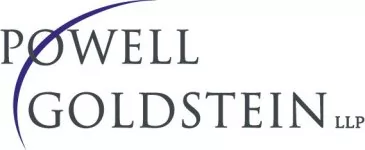The US Patent & Trademark Office has announced significant new rules regarding the preparation and prosecution of patent applications. The rules go into effect on NOVEMBER 1, 2007, but have RETROACTIVE EFFECT and will also apply to most patent applications filed before that date. These new rules drastically limit your options and abilities in filing and/or prosecuting existing and/or new patent applications. Further, these new rules are quite onerous, burdensome, and expensive, and may cause the loss of valuable patent rights and prosecution options, even for currently pending applications, if the patent applications are not amended to be in compliance with the new rules. (more)
Please advise us immediately if you wish for us to assist you with respect to understanding and complying with these new rules. Please note that we will NOT conduct any review of, nor take any actions on, any of your pending applications with respect to these new rules without your express authorization to do so.
The following is a very, very brief explanation of these rules. More information can be found by clicking on the links herein.
- Limits On The Number And Type Of Claims. For any application filed on or after November 1, the Patent Office will normally only examine a maximum of 5 independent claims, and 25 claims total (the "5/25" rule). Applications with claims above those limits will require the submission of an Examination Support Document (ESD) and/or a Suggested Restriction Requirement (SRR). This rule also applies to applications filed before November 1 which have not received a first Office Action on the merits by November 1, 2007. An ESD will be an extremely expensive, and potentially very dangerous, document. (more)
- "Related" Patent Applications. The applicant must disclose "related" patents and patent applications in a family. The Patent Office consider patents and applications to be related if: (1) they have a filing date within two months of each other, including any priority claims, (2) they have at least one common inventor, and (3) they are owned by the same person or subject to an obligation to assign to the same person. The claims of related patent applications may be aggregated for purposes of determining compliance with the 5/25 rule. (more)
- Continuations, Continuations-In-Part (CIP), And/Or Requests For Continued Examination (RCE). A patent application will only be allowed to have two continuations (including CIPs) and one RCE. This is significant because patent applicants often file one or more continuation applications to cover additional inventions disclosed but not previously claimed in a patent application, to have another opportunity to overcome final rejections issued by the examiner, and/or to apply for new claims in response to a competitor’s attempt to design around the issued claims, and CIPs to cover improvements to the original invention. (more)
The content of this article is intended to provide a general guide to the subject matter. Specialist advice should be sought about your specific circumstances.


